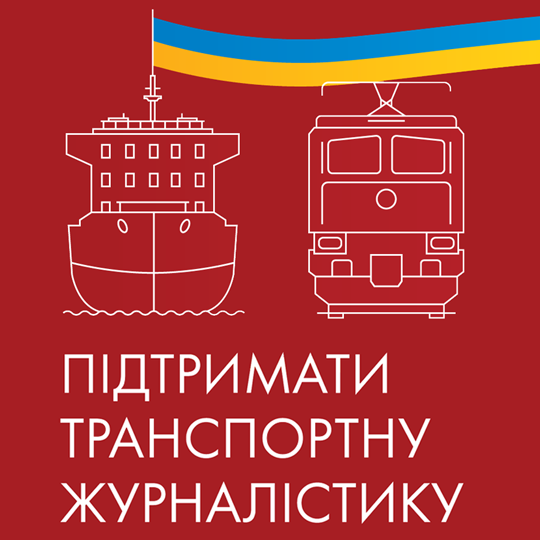The Ukrainian Railways joint-stock company (Ukrzaliznytsia) has noted several problems in the European Union’s transport system that prevent an increase in the volume of transportation of freight by rail from Ukraine to Europe.
The CFTS portal reported this, citing the Interfax Ukraine news agency.
“The set of technical problems is that European countries’ transport system is not technically ready to transport such large volumes. It needs additional rolling stock: wagons and locomotives. They need to finish the construction of certain branches to enable the handling of a larger volume of cargo,” Ukrzaliznytsia’s Deputy Director of Commercial Operations Valerii Tkachev said at the conference "Economics of War: May Review and Focus on Infrastructure."
According to him, Ukrzaliznytsia currently transports only 2,000 wagons or approximately 130,000 tons of cargo to Ukraine’s western borders per day, which is approximately equal to 3.8 million tons of cargo per month. However, Ukrzaliznytsia is capable of transporting 3,422 railcars or 220,000 tons of cargo per day.
According to the Ukrainian railway operator, the root of the problem is that the railway infrastructures of Ukraine and the European Union use significantly different track gauges.
There are only two ways to move goods between these two infrastructures: transfer of the goods at the border or replacement of wagons’ bogies. In addition, Ukrzaliznytsia believes that there are insufficient transshipment terminals.
"Besides, the most acute problem is the number of wagons with Europe’s 1435 mm track gauge. That is, we, for our part, can transport a much larger volume of cargo, but the problem of lack of transshipment capacity or the problem of availability of European-gauge wagons arises," Tkachev said.
According to him, another technical problem is that the European Union’s infrastructure has a limited capacity because it was built for intra-European transport.
"In Europe, the share of rail transport in the overall structure of the transport system is 15-35% while it is 65% in Ukraine. Therefore, the European infrastructure was not initially designed for the transportation of such large volumes of cargo by rail," Tkachev said.
According to him, the rate of increase of the volume of rail transport is also affected by organizational issues of businesses, which have been building supply chains to seaports for many years and now need to reorient towards railway border crossings.
"We currently have 34,000 loaded wagons that are waiting to cross the border," Tkachev said.
In addition, several bureaucratic procedures at the border, particularly repetitive phytosanitary and veterinary inspections, significantly slow down cargo transportation.
At the same time, according to Tkachev, rail transport volumes continue to recover: Ukrzaliznytsia transported 416,000 tons of agricultural products in March and 638,000 tons in April. The goal of Ukrzaliznytsia is to reach 1-1.5 million tons of grain exports per month.



